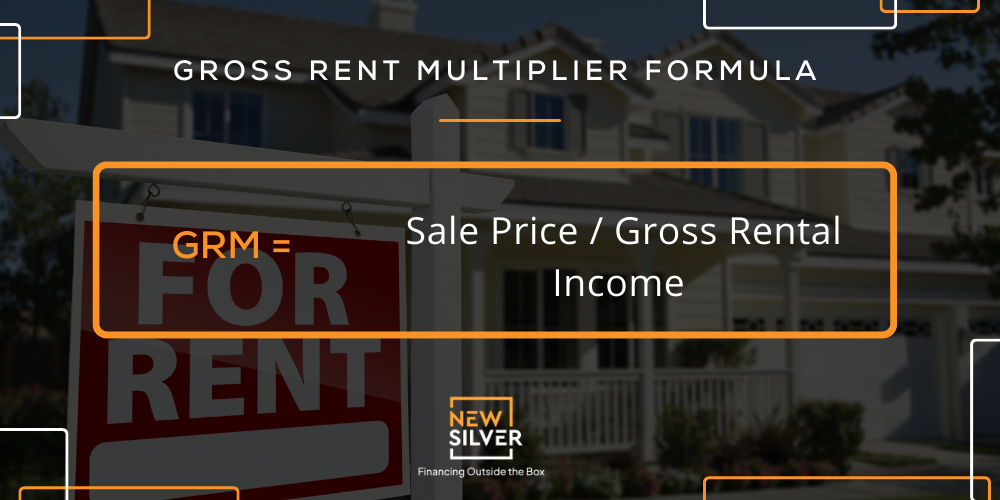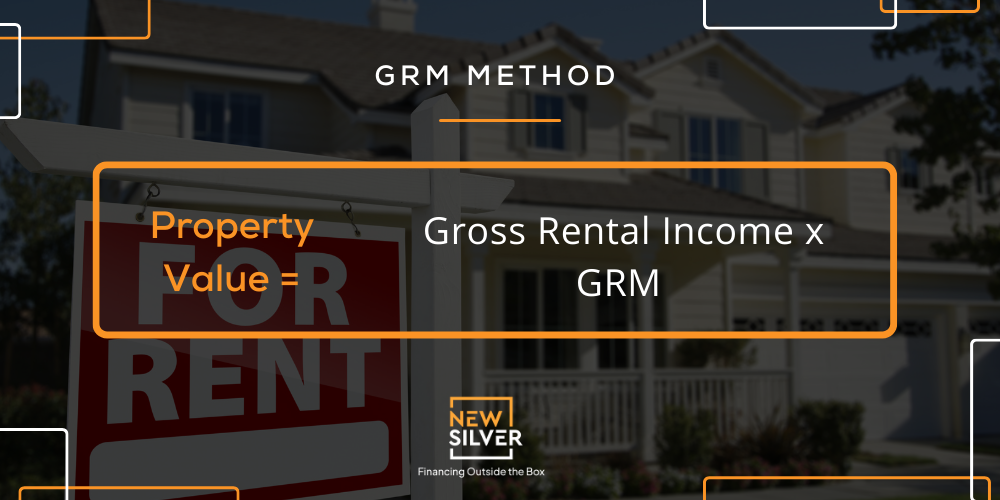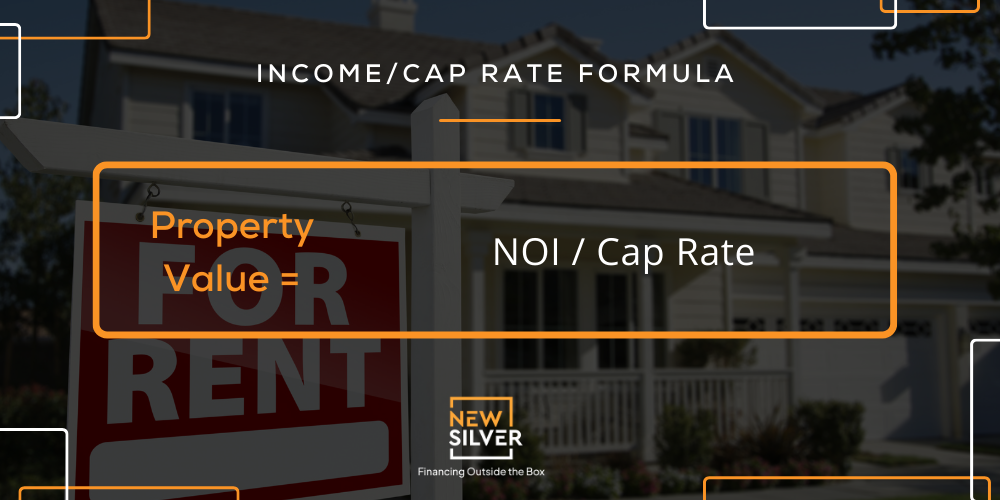The Short Answer
Calculating the value of an investment property is crucial when determining its viability as a successful investment. Knowing the value of a rental property, in particular, is essential to avoid paying too much for the property. Sometimes the rental property value isn’t always clear, and a real estate investor will need to work it out quickly, using the rental income.
A property value can be calculated in various ways using the rental income, and these are:
- Gross Rent Multiplier Method
- Income/Capitalization Rate Method
- Sales Comparison Method
Each of these methods has its own merits and limitations, which means that using more than one method is a safer bet to ensure a more accurate rental property value estimation.
Skip To
How To Calculate Property Value Based On Rental Income
To work out the rental property value based on rental income, there are 3 commons methods that can be used.
Method 1: Gross Rent Multiplier
The Gross Rent Multiplier (GRM) method is a useful way to calculate a property value using the gross rental income. The Gross Rent Multiplier approach involves a calculation where the property’s sale price is divided by its gross rental income. While the Gross Rent Multiplier approach may be the more simplistic way of working out the property value, it’s an easy method to use when a real estate investor needs to figure out a property value quickly, using the gross rental income.
The GRM method works on the concept that all variables are equal and that the higher the gross rental income the property generates, in relation to its purchase price, the higher the property value will be. So, properties with a lower GRM may have a higher value, as the gross rental income is higher in comparison to the purchase price.

GRM example
If the property had a sales price of $200,000 and the gross rental income was $2,000…
GRM = 200,000 / 22,000
= 9
The resulting GRM value represents the number of years it would take for the property’s gross rental income to equal the sale price. In this example, it would take approximately 9 years for the gross rental income to cover the purchase price.
You can then use the rental income and the Gross Rent Multiplier to determine the property value by using the following formula:

Using the above example, this would be…
Property value = 22,000 x 9
= $198,000
However, it’s important to note that the GRM approach has some limitations. It does not consider operating expenses or other factors that impact the property’s profitability. Additionally, the GRM may vary widely across different locations and property types, so it’s essential to use it as a starting point and supplement it with other valuation methods for a more accurate assessment.
Method 2: Income/Capitalization Rate Approach
The income approach uses the net operating income (NOI) and capitalization rate (cap rate) and allows for a comprehensive analysis of a property’s income potential.
The Net Operating Income (NOI) represents the total income of the property, once the operating expenses have been deducted, but before the mortgage payments and income taxes have been factored in. Operating expenses include property management fees, repairs and maintenance costs, insurance, property taxes, utilities, and any other costs directly associated with the property’s operation. In other words, the net operating income is the total rental income of the rental property, minus the operating costs.
The Capitalization Rate is a percentage that represents the rate of return a real estate investor expects to earn on the rental property. It is determined by market conditions and the rate varies based on factors such as the location, property type, risk, and current interest rates.
Cap rate = NOI / property value or purchase price
Once you have figured out these two numbers, you can work out the property value using the formula below.

Income/Capitalization Rate Example
If the property generates an annual NOI of $30,000, and the cap rate is determined as 5%, the property value will be as follows…
Property value = 30,000 / 0.05
= 600,000
In other words, based on the rental income and the chosen capitalization rate, the estimated value of the rental property would be around $600,000. Professional appraisers and real estate experts often use the income approach alongside other valuation methods to ensure a comprehensive evaluation of rental properties.
Method 3: Sales Comparison Approach
The sales comparison approach is one of the primary methods used to estimate a property value using the rental income. This approach involves using properties in the same location that are comparable in terms of size, features, amenities and condition, that have recently been rented. Adjustments are then made for the differences between comparable properties and the original property.

Sales Comparison Example
The first step in this process is to identify comparable properties in the area that have been rented over the last 6 months. Then any adjustments are made, to account for differences between the properties. Which will lead to an adjusted gross rental income.
Let’s say that the original property is a 2,000 square foot home with 3 bedrooms, 2 bathrooms and a swimming pool. If a comparable property has one less bedroom, an adjustment would be made to reflect the difference in value between the two. This could mean adding a little onto the comparable rental income to account for the extra bedroom. This approach gives a market-related idea of the property value in comparison to others in the area, and may require an adjusted gross rental income.
The sales comparison approach is often used in real estate appraisals and is particularly useful for residential properties. It provides valuable insights into the market value of a rental property by considering recent sales activity and the characteristics of similar properties in the area with an adjusted gross rental income.
Which Method Is The Most Accurate?

Each of the approaches above has its own merits, and more than one valuation method should be used to determine the rental property value when using the rental income. There is no “most accurate” approach, so a combination of approaches would typically provide the most accurate property value estimate.
When choosing which method to use, several factors should be considered, including the type of property, available data, market conditions, and the purpose of the valuation. The quality of the data is perhaps the most important factor in the accuracy of the valuation. It’s also key to making sure that the adjusted gross rental income is worked out, to account for any differences between properties and other variables.
That being said, the income approach and the sales comparison approach are often considered more reliable in their respective contexts, provided the data is relevant and sufficient.
Are Comparable Properties Still The Best Reference Point For Property Value?
Comparable properties are still considered a good reference point for property value because:
- They provide insight into the current market, where transactions have taken place recently and therefore relevant data is created.
- Comparable properties have similar characteristics to the subject property, which means that an estimate of property value is likely to be more accurate.
- Data on comparable properties is readily available in public records, the MLS, real estate websites and so on.
However, it’s important to remember that there are adjustments that need to be made between the data from comparable properties and the original rental property (which lead to an adjusted gross rental income), to account for any differences. Along with this, the real estate market is fluctuating all the time, which means that this needs to be taken into consideration when the adjusted gross rental income is being looked at.



